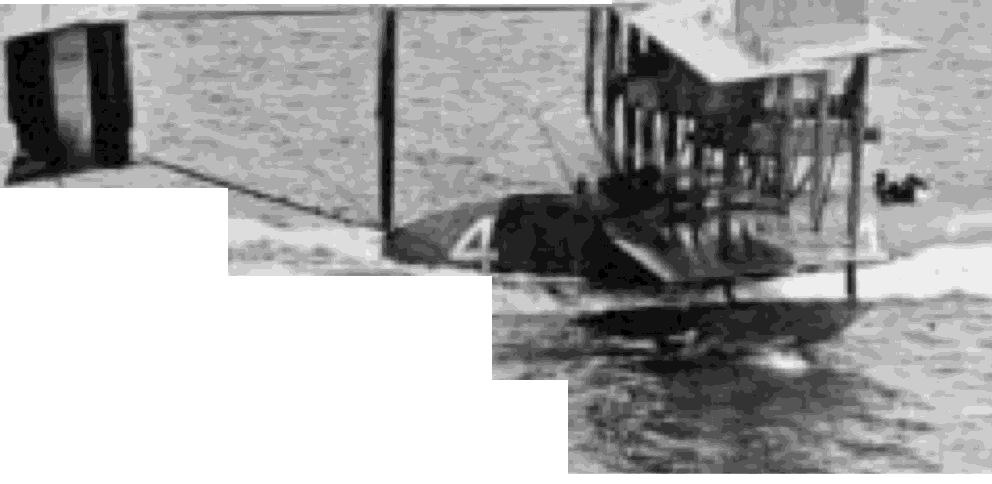

40
UNITED STATES NAVAL AVIATION
1910-1995
1919-Continued
Rhoads made up the crew. The NC-4 flight terminated
at Plymouth, England, on 31 May.
12 June
A contract was issued for the construction
of a revolving platform at Hampton Roads, Va., for use
in experimental development of techniques and
equipment for landing aircraft aboard ship.
21 June
The Bureau of Construction and Repair
reported a modification to the aircraft color scheme
whereby stretched fabric surfaces were to be finished
with aluminum enamel. Thus, wing and tail surfaces
and in some instances the fuselage surfaces were to
be aluminum-colored while the specified color for
other exterior surfaces continued to be naval gray
enamel.
23 June
The General Board submitted the last of a
series of reports to the Secretary of the Navy on a poli-
cy for developing a naval air service. On the conclu-
sion that aviation had become an essential arm of the
fleet, the board urged adoption of a broad program for
peacetime development that would establish a naval
air service "capable of accompanying and operating
with the fleet in all waters of the globe." Approved
with some modification by the Secretary on 24 July,
this program provided the direction for a number of
actions taken in the following months.
25 June
NAS Anacostia, D.C., reported experiments
in which aircraft carried aloft instruments to measure
temperature and humidity of the upper atmosphere.
1 July
The Secretary of the Navy authorized installa-
tion of launching platforms on two main turrets in
each of the eight battleships.
2 July
The Officer-in-Charge of the Navy
Detachment under instruction in landplanes at the
Army Air Service School, Langley Field, Va., reported
that the 27 Naval Aviators on board had completed the
preliminary flight phase in IN-4s and were rapidly
nearing the end of the formation flight syllabus in DH
aircraft. This training was in preparation for the opera-
tion of landplanes from battleship turrets.
11 July
The Naval Appropriations Act for fiscal year
1920 made several important provisions for the future
of Naval Aviation. Among others it provided for con-
version of
Jupiter
(AC 3) into an aircraft carrier, later
named
Langley,
for conversion of two merchant ships
into seaplane tenders, only one of which, later named
Wright
(AZ 1), was completed, and for construction of
one rigid dirigible later designated ZR-l and named
Shenandoah
and purchase of another from abroad
later designated ZR-2 (R-38). In a more restrictive
sense, the act limited to six the heavier-than-air sta-
tions that could be maintained along the coasts of
continental United States.
---,
--
--
-.
-
.J
I
I
I
1-
-_. -
- -
-.
.
-.
- -
-
.
.
.
- -
_.
NC-4, commanded by LCDR A,
C.
Read, completed first transatlantic flight, Lisbon, Portugal, May
27,
1919650875
 |
18 |
 |